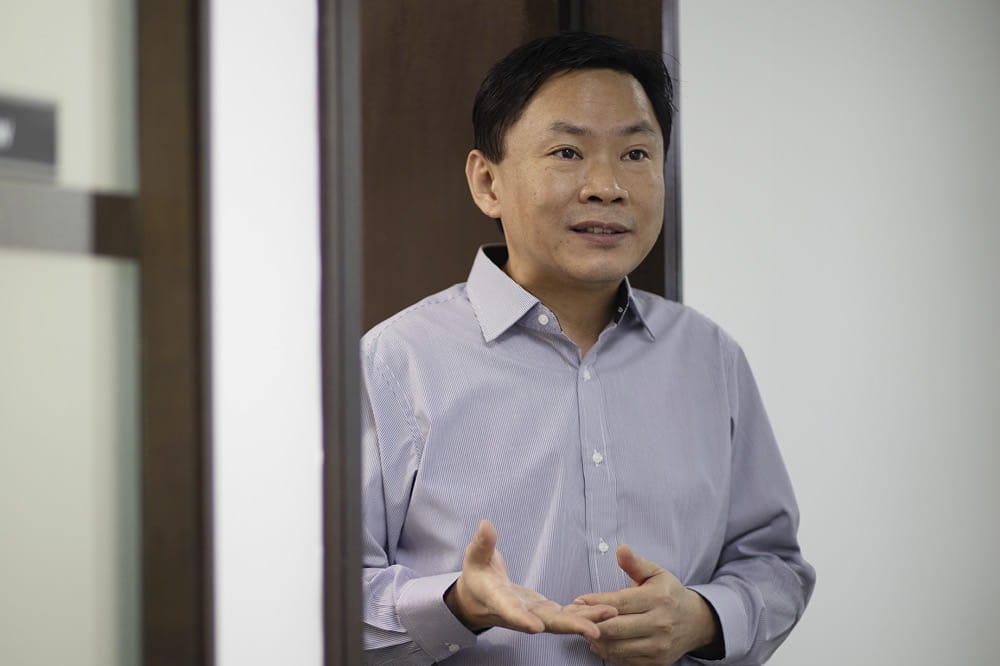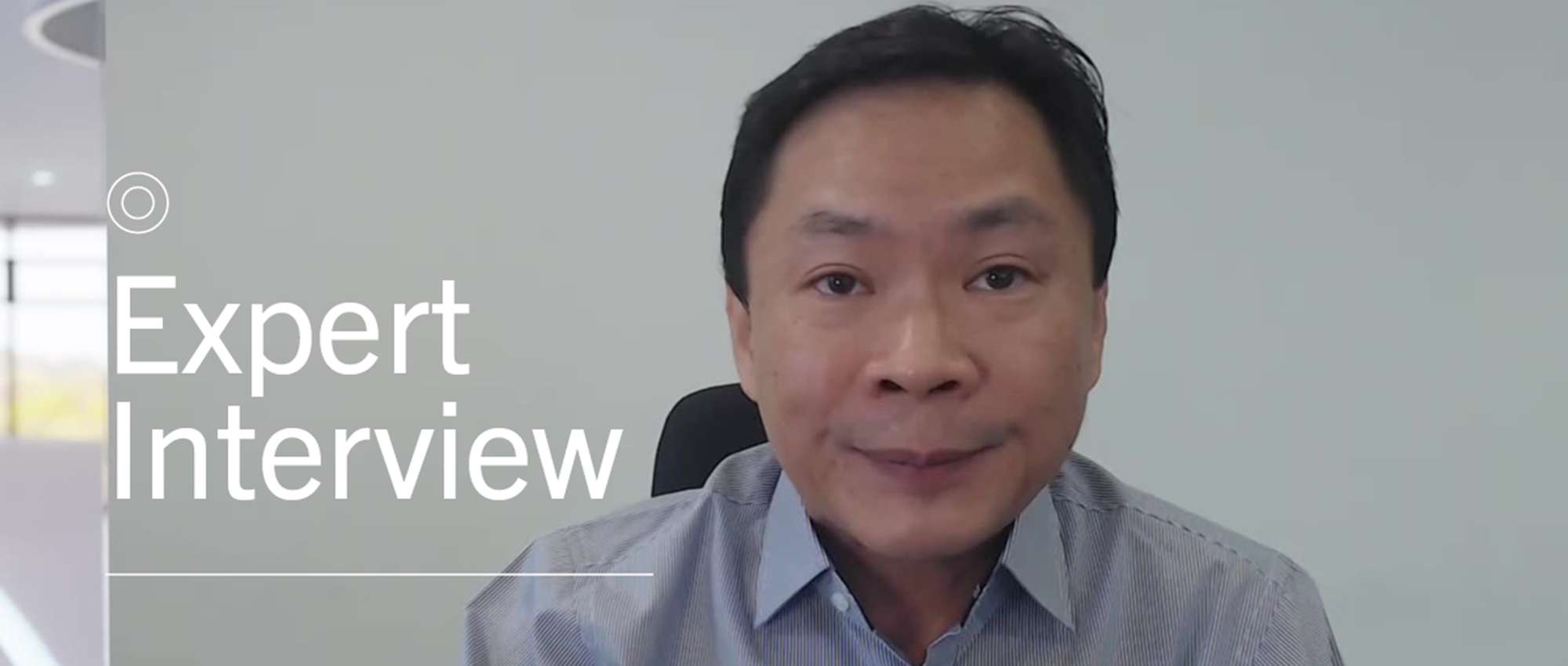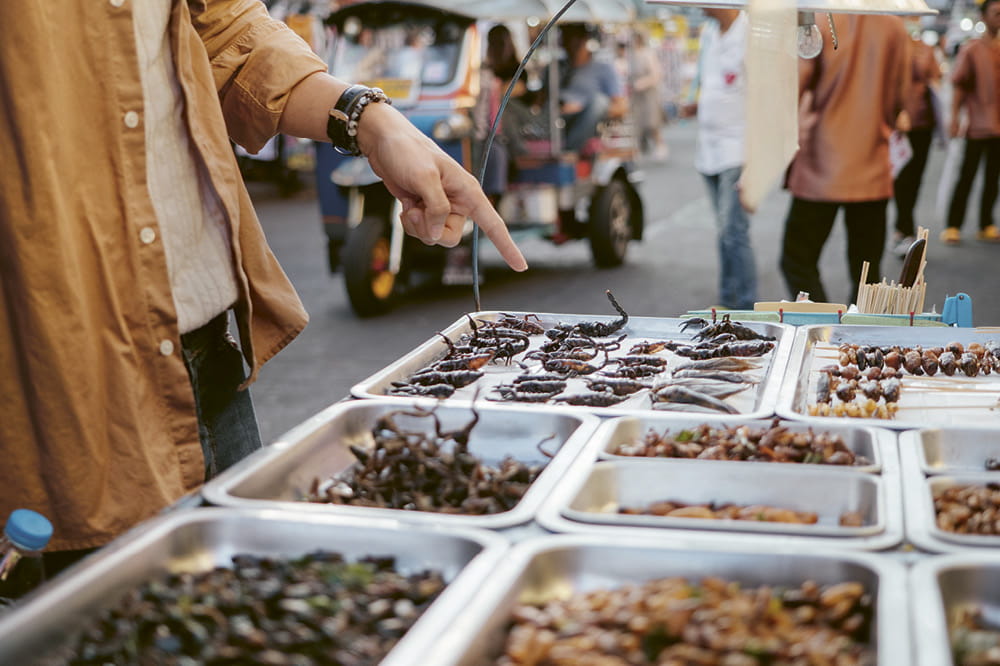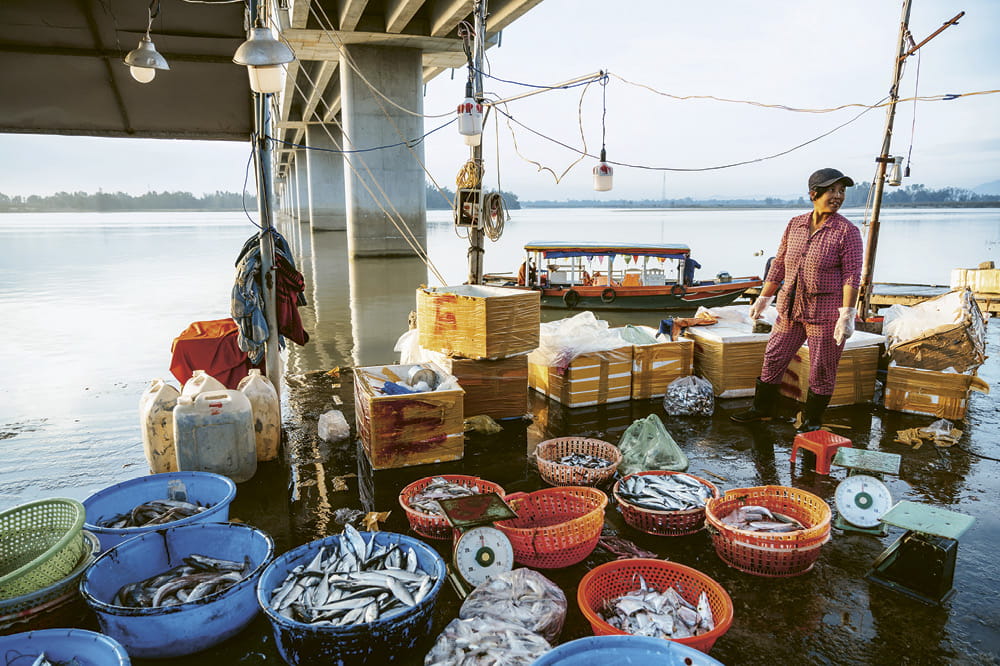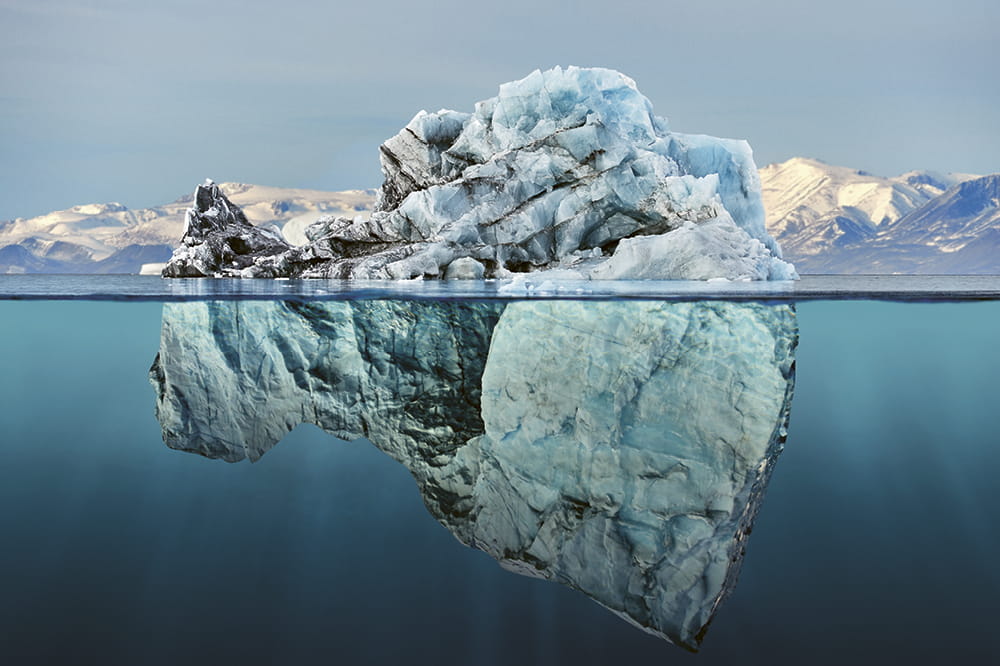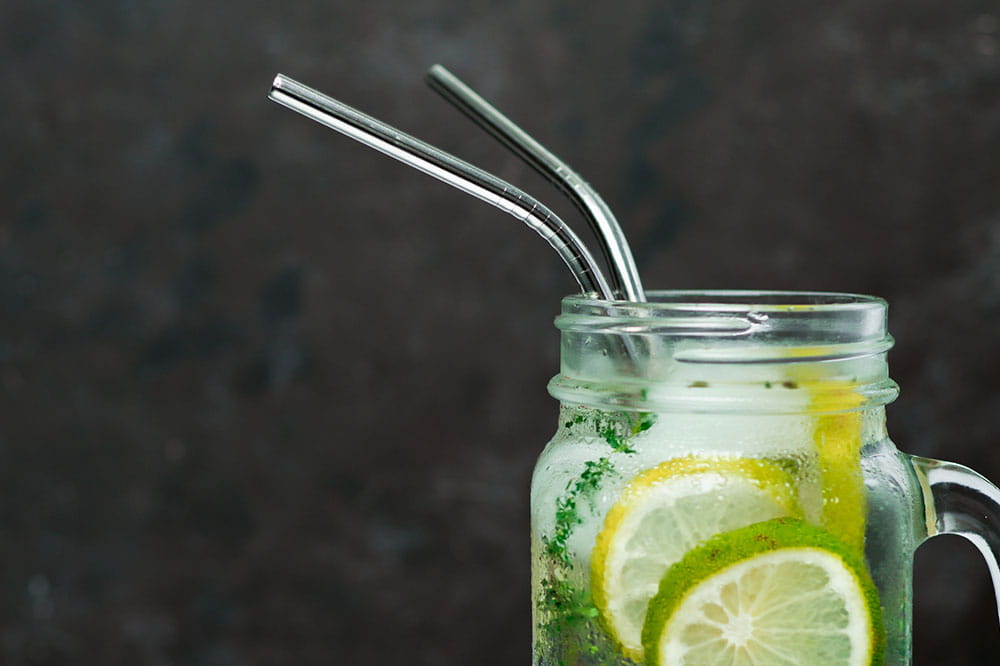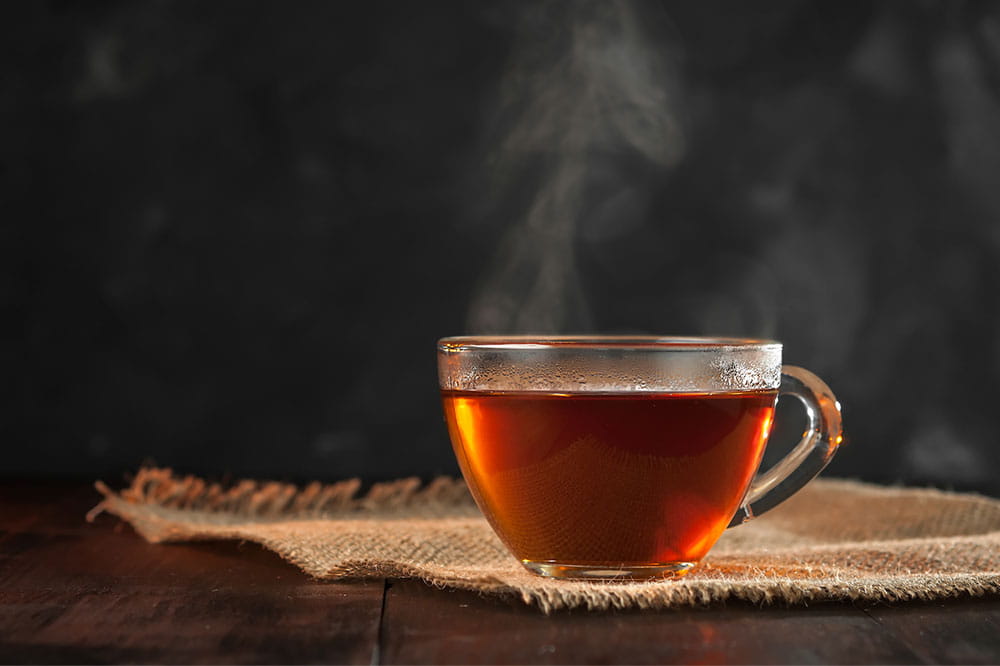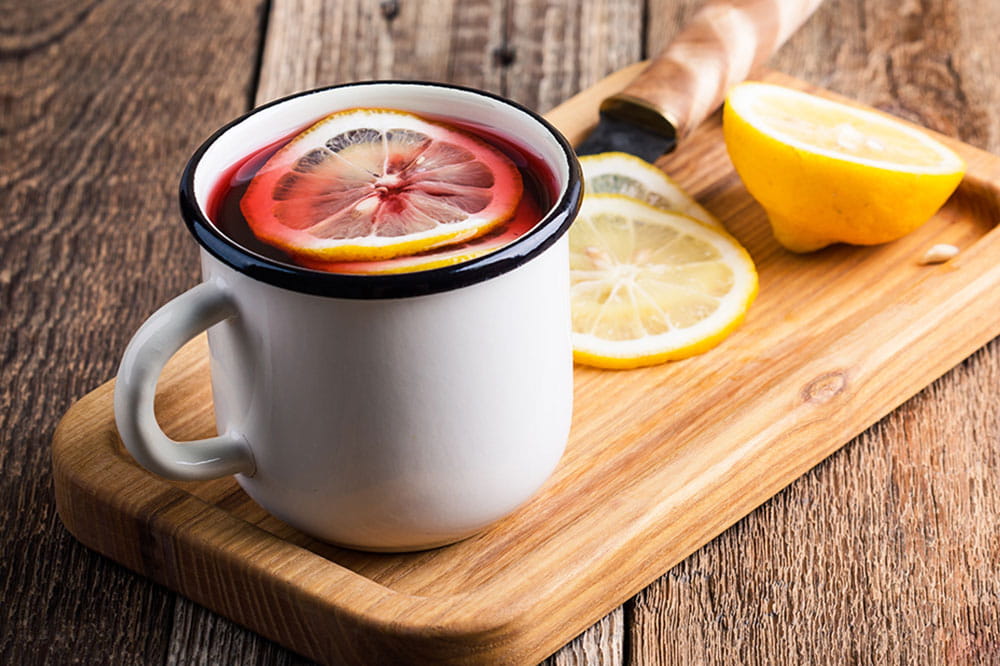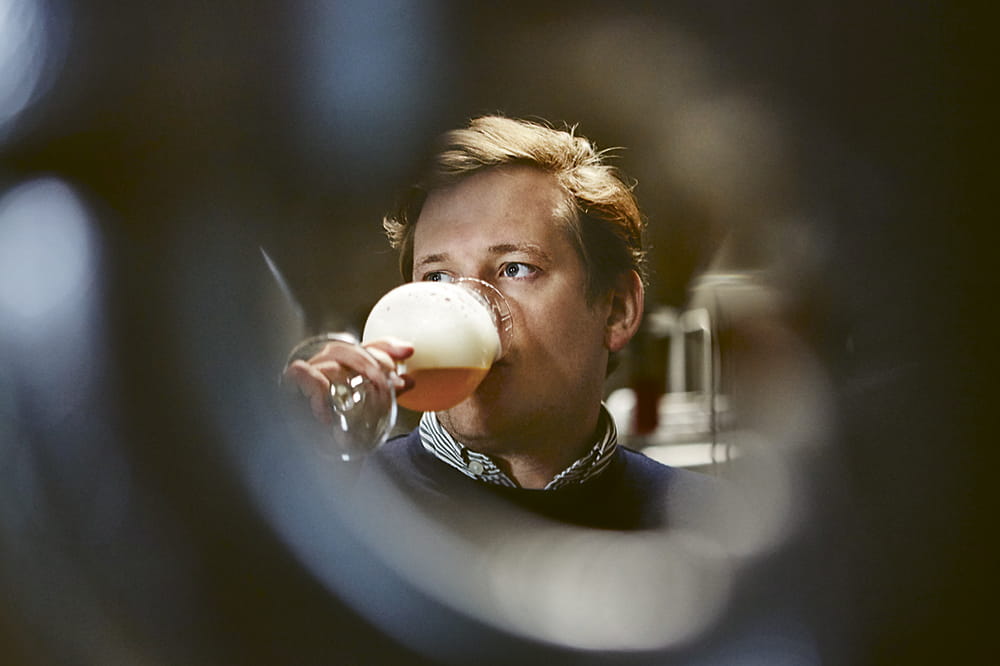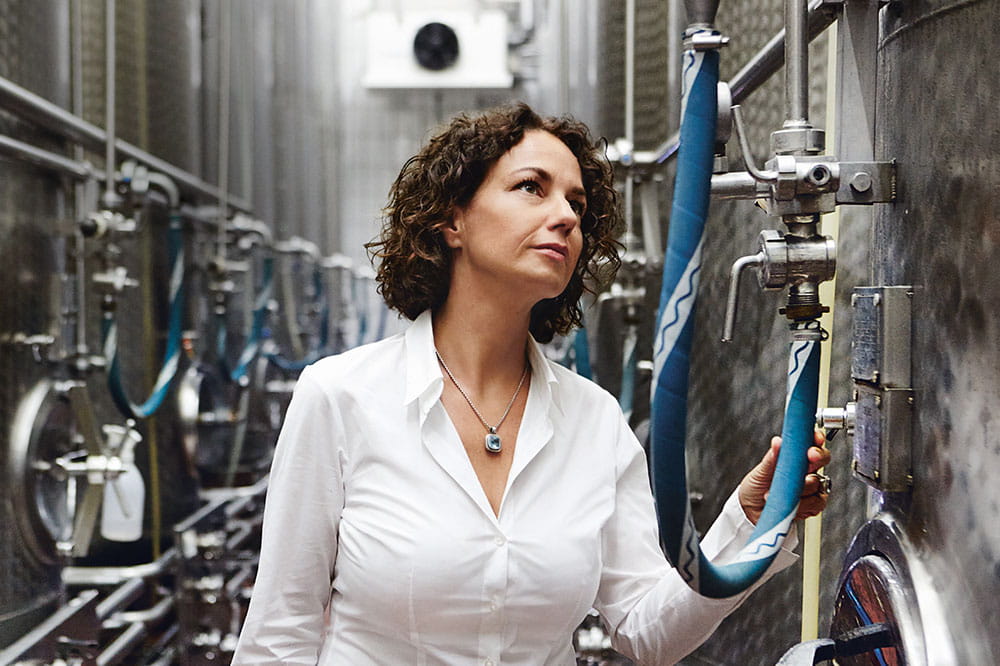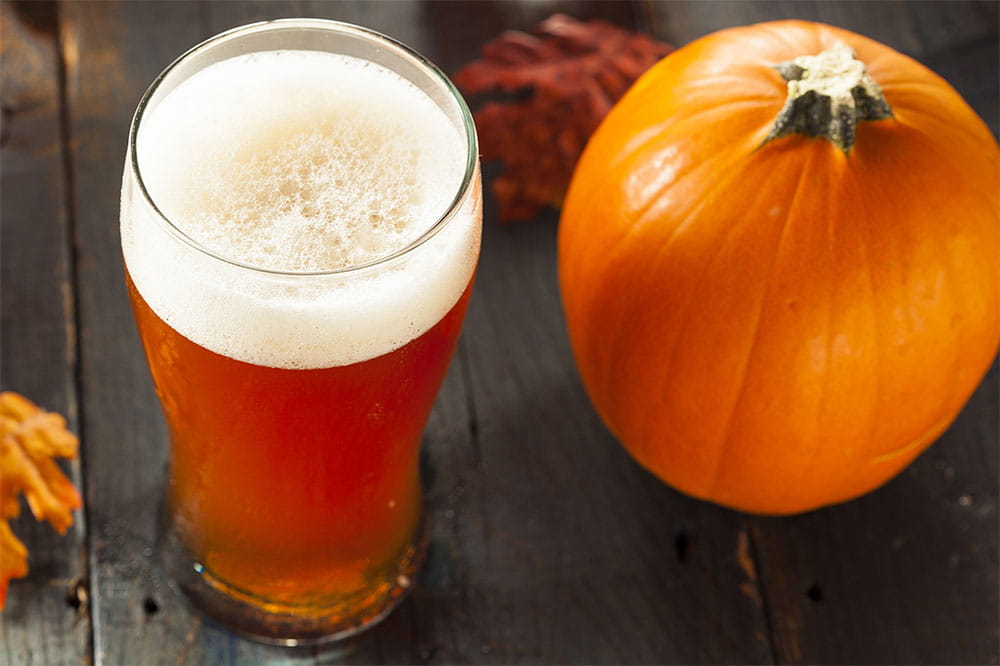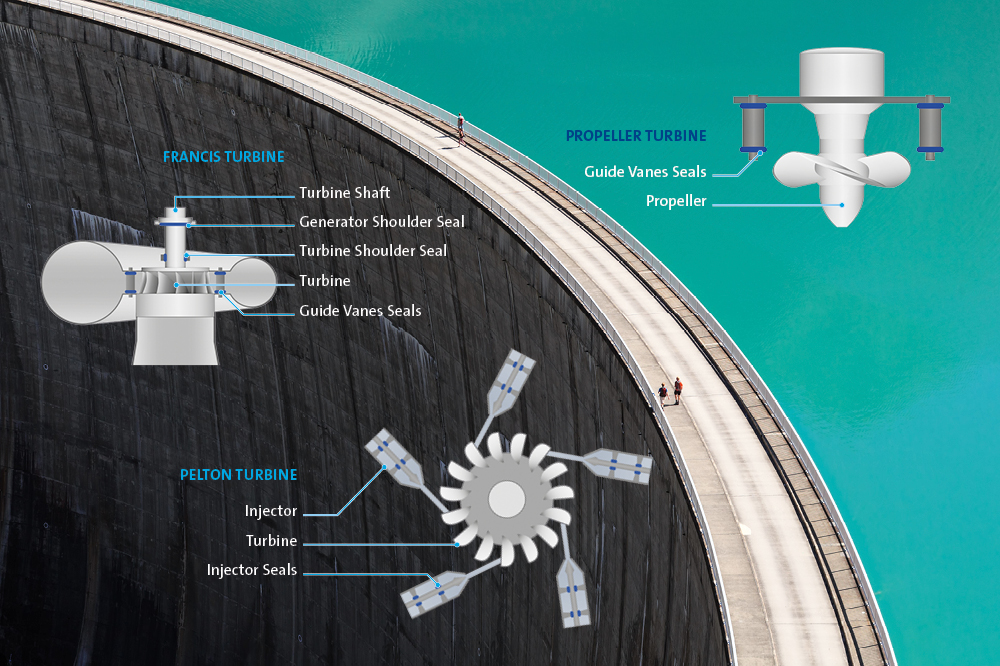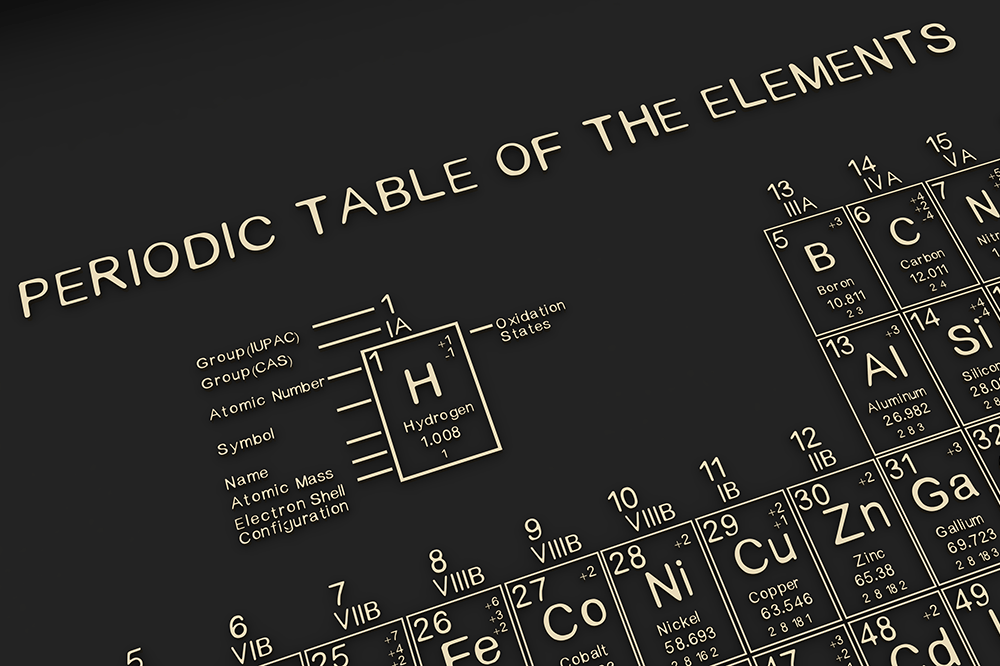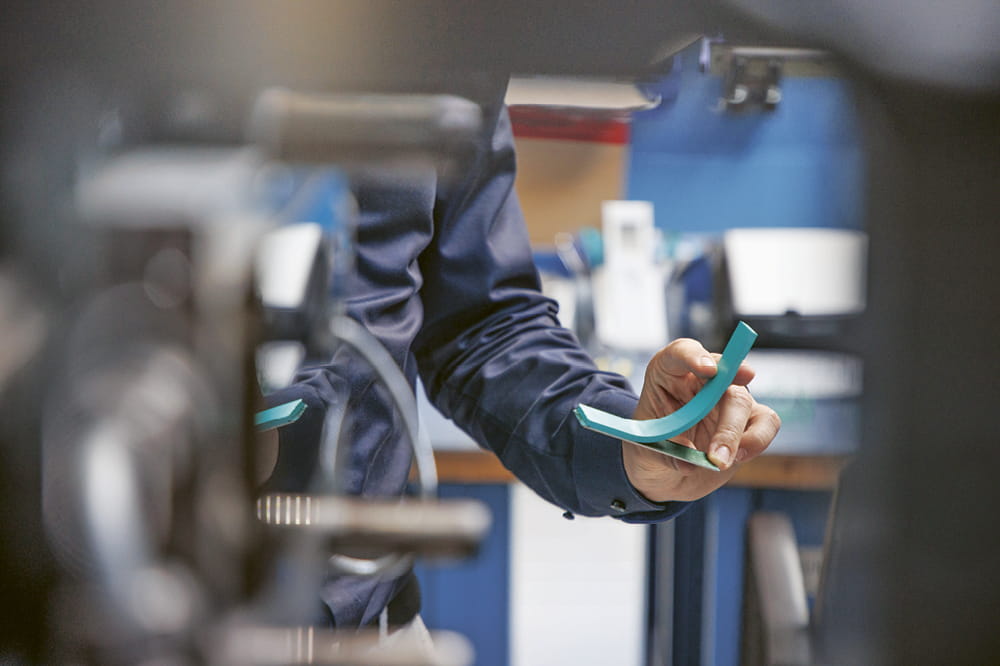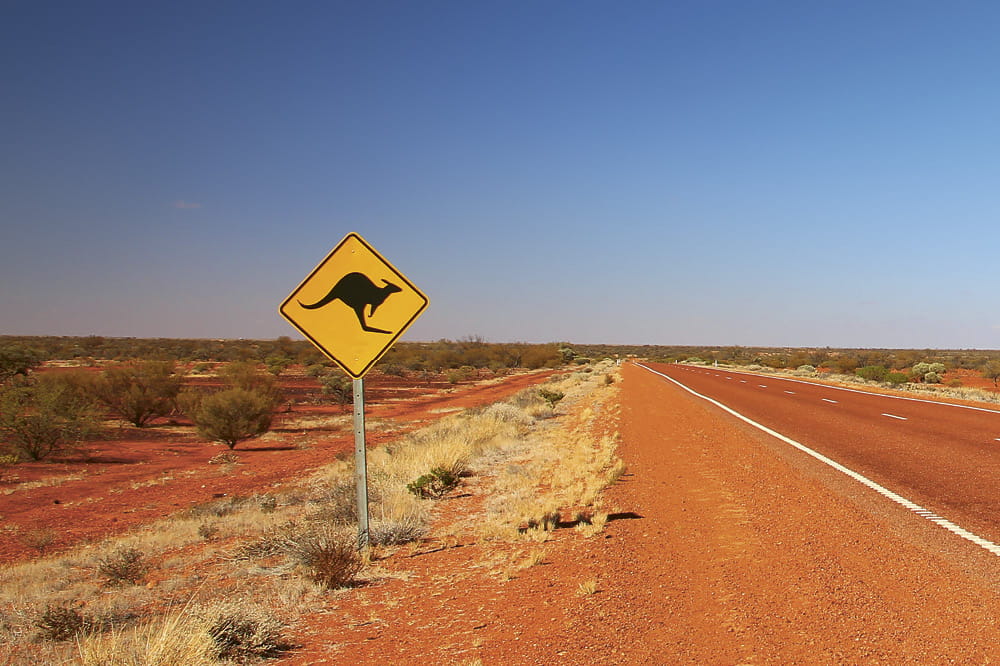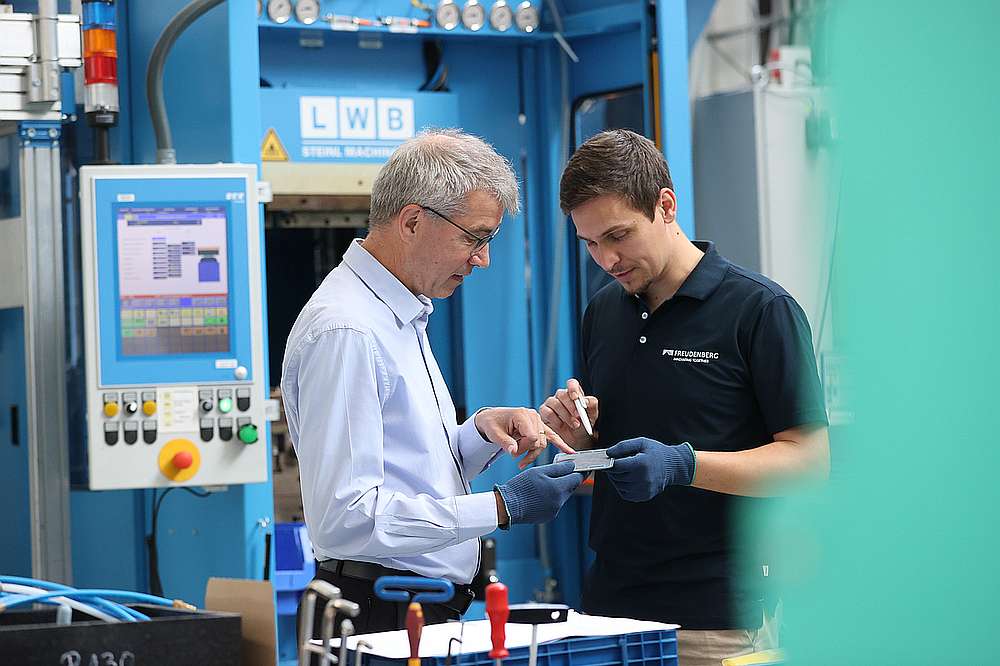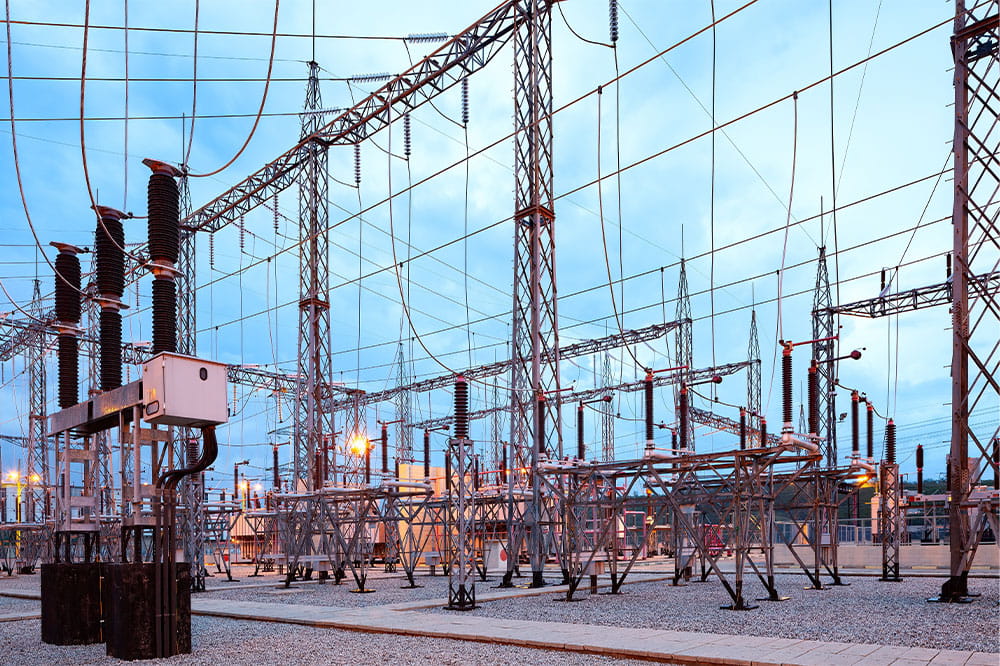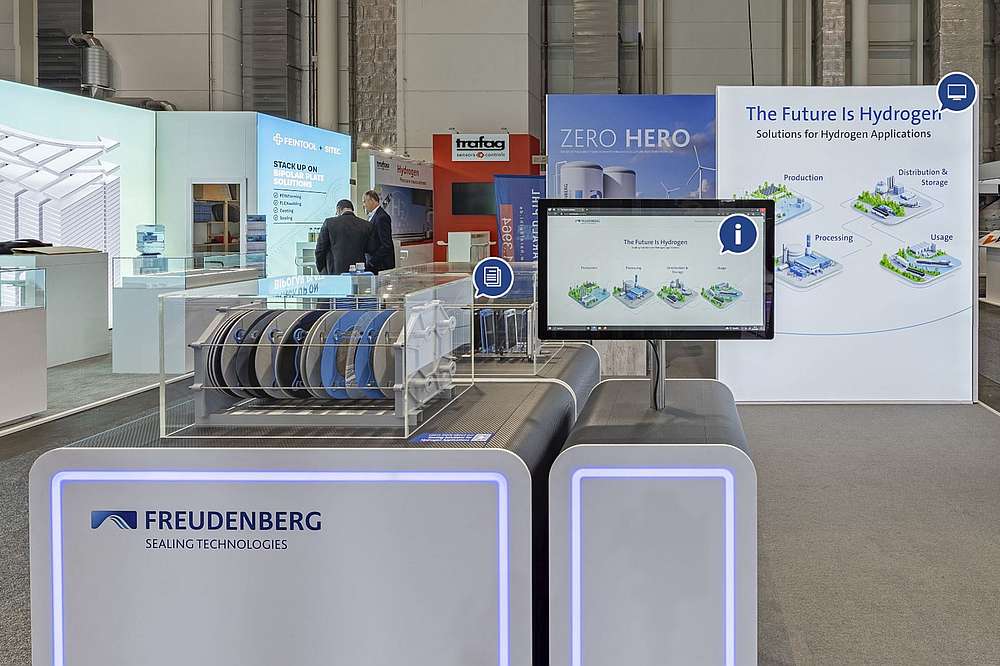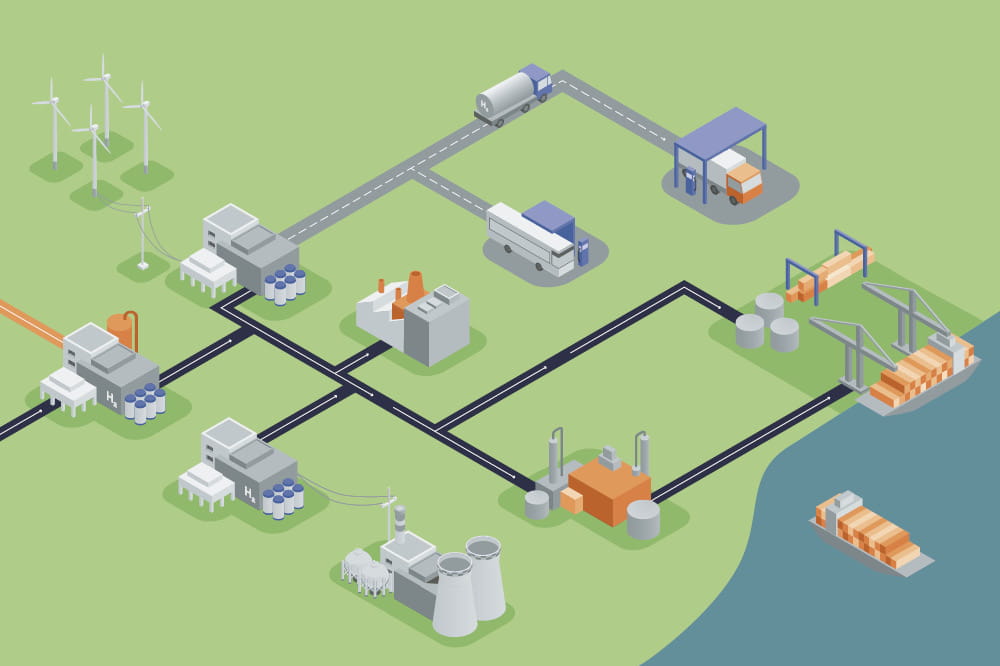Obtain news and background information about sealing technology, get in touch with innovative products – subscribe to the free e-mail newsletter.
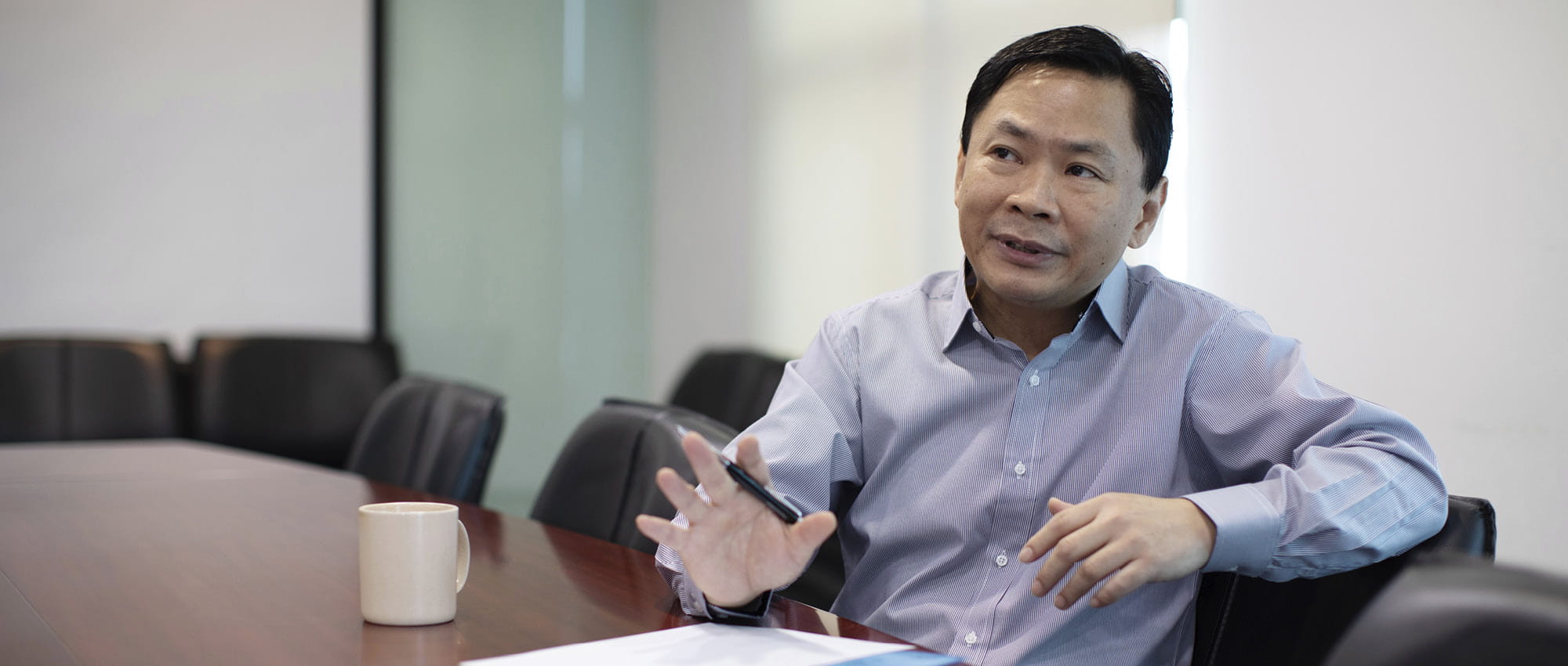
12.12.2023 | Story
Entry Into the Southeast Asian Market
Southeast Asia is the scene of rapid growth. In the food and beverage, chemical, and automotive sectors, among others, the demand for high-quality seals is increasing. How is this kind of market developed? Bernard Low, General Manager in Malaysia, explains why the work takes stamina – and why he is optimistic about the future.
Mr. Low, is it possible to sum up Southeast Asia in just a few words?
Bernard Low: That is challenging, even for me as a Malaysian. Southeast Asia is diverse. We have thousands of dialects and languages and several hundred ethnic groups. The landmass of Southeast Asia alone is huge – and the region is even larger if you count its maritime territory. We are talking about everything from the northwest of Thailand to the southeast of Indonesia, across a distance of more than 5,000 kilometers (3,100 miles). It takes about six hours to cross the region by air. In the same amount of time, you can fly from America’s East Coast to Europe.
Bernard Low
Born in Malaysia, General Manager Bernard Low studied chemical engineering at the University of Malaya and mechanical engineering and economics at Monash University in Australia. He has worked at the automotive OEM Schaeffler and held other positions with responsibilities for Southeast Asia. He joined Freudenberg Sealing Technologies in Kuala Lumpur in 2014. Low is an avid badminton player.
And yet there are commonalities.
Low: Yes, for example, respect for elders, and a certain amount of hierarchical thinking that comes with it. It is easier to grasp the commonalities by making comparisons to other regions. Take punctuality, for instance: It is not fashionable to be late, but it is acceptable for meetings to be delayed.
Where does Freudenberg Sealing Technologies see opportunities in the region?
Low: It is a growth region of the coming decade. The population is becoming more prosperous. The middle class is growing. Consider Indonesia: The consumption of soft drinks today stands at 23 liters per person annually, and the amount is increasing. It is still far behind countries like Germany at 120 liters or global front-runner Belgium at 270 liters. But we are talking about 270 million people in Indonesia, which works out to more than 6 billion liters per year. That’s already double the Belgian market. So, Indonesia offers plenty of potential for the food and beverage industry – and thus for us. This applies to other populous countries such as Thailand, Vietnam and the Philippines as well.
Does the high quality and the associated higher costs of Freudenberg’s sealing technology pose a challenge?
Low: We look for customers who value a level of quality appropriate to their needs. Food and beverage is a promising segment since hygiene allows no compromises. The chemical and petrochemical sectors, where highly specialized materials are often needed, are in a similar situation. Singapore, Malaysia and Indonesia are all focusing on these areas. We know how and where to find the right customers. We know the market, and it is sizeable. We don’t have to compete with every local competitor.
How do you get started in a market like Southeast Asia?
Low: Ideally with the help of an established local distributor. A company that knows the local market as thoroughly as it knows our products. Apart from that, we want to focus on customers who need the appropriate level of quality. Otherwise, we would have to compete solely on price, and that’s hard to do in this region. But, as I mentioned, it is a large market, and we can’t do it all by ourselves. We are going to need business partners. There will naturally be customers requiring our personal involvement, perhaps because they need technical support or an innovative technology. We also have to position ourselves based on value, total costs and lifecycle. And we are good at that.
You already have experience with Schaeffler in re-positioning yourself in a market. What did you learn from that?
Low: That it takes perseverance. Sometimes you don’t succeed in winning a customer over right away – but if you build your position on quality, you may succeed later. On the other hand, we should never give a customer a reason to be unhappy with us. It may sound banal, but communication is important. If customers are arguing with you, at least they are still talking. It’s worse if a customer stops speaking with you.
Freudenberg Sealing Technologies cannot rely on being a well-known brand name in Southeast Asia.
Low: No, our brand is not well known in this part of the world. Competitors from China or Japan have been dominant so far. But we are not starting from scratch. We already have a presence. And companies with global operations are familiar with us. The fact that we have many local employees can work to our advantage as well. We know the region and the business culture. But in Southeast Asia, people can soon find themselves misinterpreting behaviors. After all, we don’t even understand each other sometimes. The various aspects of correctly interpreting a smile require empathy and context. In Vietnam, for example, many different things are expressed with a smile.
Is it essential to manufacture locally?
Low: Yes and no. Business customers do not necessarily expect us to manufacture in their country. We have a plant in Batam, Indonesia, so we have a local presence. The advantage of Southeast Asia is that each of the countries in the region has good air and sea connections. Since 2015, customs duties within the ASEAN community have been very low, giving us flexibility. But what I said at the outset still applies: Southeast Asia is a very large region. It does take time to ship raw materials from a mine on the Indonesian island of Sulawesi to northern Thailand.
You’re based in Kuala Lumpur. Is Malaysia well-suited as a central regional office?
Low: Yes. For example, there are many people in Malaysia who speak English well. There is no shortage of talent. The cost of living is also affordable. And there are good flight connections to anywhere in the region. Another advantage is that our standard language, Bahasa Malaysia, is very similar to the official language of Indonesia. If you master one of the two languages, you can roughly understand the other. That is very useful.
But so far you haven’t been very active in Indonesia apart from manufacturing operations.
Low: No, but we want to change that. Malaysia is a good springboard for entry into the market. The Indonesian economy has long had a very local character. There has been a great deal of manufacturing within the country for the domestic market. Countries like Vietnam and Thailand are more export-oriented.
Thailand is positioning itself as a hub for electric cars, and Vietnam for chemicals, among other areas.
Low: Both are good for us. European automakers already know us as a reliable source of thermal management technology and seals for electric motors. And many of them already have a presence in Thailand, as do manufacturers from Japan and China. Here, we should take advantage of our expertise. It is striking that Vietnam has so many hard-working young people. It is a generation that would like to become better off. Many chemical, petrochemical, motorcycle and steel companies have established themselves in Vietnam. These are attractive sectors for us.
In Southeast Asia, people can soon find themselves misinterpreting behaviors. After all, we don’t even understand each other sometimes.
Singapore, for its part, is often seen merely as a financial center and a port.
Low: That’s definitely a mistake. Singapore has a lot of chemical companies. Shipbuilders and pharmaceutical companies have settled there, too. These are sectors that represent opportunities for us. Many companies have set up research and development departments in Singapore. It is good place to exchange ideas and information.
How important is the issue of climate change to Southeast Asia?
Low: People are increasingly aware of the issue. We are seeing a growing number of storms, droughts and flooding. Temperatures have reached record highs everywhere this year. Indonesia is even planning to relocate its capital Jakarta because it is too close to the coast. Climate change is a very serious problem for Southeast Asia. That’s why investments are being made in green energy in many countries. Vietnam wants to reduce its dependence on coal. Singapore is converting its transportation to electric mobility.
You are still optimistic?
Low: We definitely need to do more as a region. But if we meet this challenge, the future looks bright. The region’s gross domestic product (GDP) is expected to rise from US $3.3 trillion today to US $10 trillion. By comparison, Germany took nearly 30 years to double its GDP to US $4 trillion today. The Southeast Asian middle class will expand, spurring growth in consumption, and there will be a great deal of direct foreign investment. I believe Southeast Asia will be the next factory of the world, and I will be here to see it.
More Stories About Food & Beverage
More news on the subject Sustainability

Join Us!
Experience Freudenberg Sealing Technologies, its products and service offerings in text and videos, network with colleagues and stakeholders, and make valuable business contacts.
Connect on LinkedIn! open_in_new